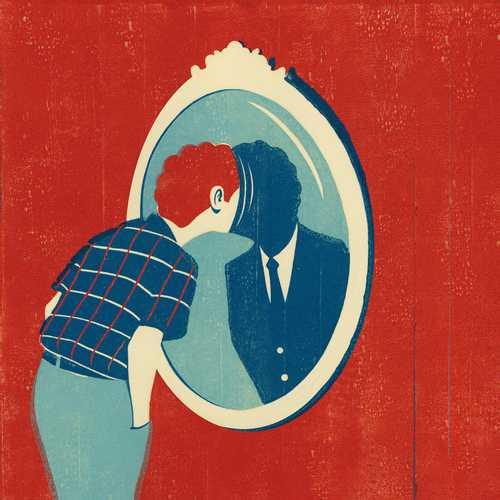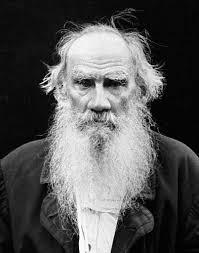Change leader, change thyself
Curated from: mckinsey.com
Ideas, facts & insights covering these topics:
12 ideas
·17.6K reads
224
Explore the World's Best Ideas
Join today and uncover 100+ curated journeys from 50+ topics. Unlock access to our mobile app with extensive features.
659
5.52K reads
About change
Organizations don’t change. People change. Many companies move to change systems and structures and create new policies and processes but fail to address the underlying mind-sets and capabilities of the people who will execute it.
A new strategy will fall short of its potential if they fail to address the mental attitude because people on the ground tend to continue to behave as they did before.
496
1.93K reads
Looking both ways
Companies that only look outward in the process of organizational change, and dismiss individual learning and adaptation make two common mistakes:
- They focus solely on business outcomes and fail to appreciate that people will have to adapt to implement it.
- They focus too much on developing skills.
440
1.64K reads
The meaning of looking inward
Individuals have their own beliefs, priorities, values, and fears that influence how they respond to different actions. Looking inward is then a way to examine your own modes of operating to learn what makes you behave in a certain way.
Those who seek to lead effectively should look at their internal experiences because it will direct how they take action, whether they are aware of it or not.
452
1.25K reads
Looking inward
There are two dimensions of looking inward that lead to self-understanding.
- Profile awareness. It is the recognition of habits of thought, emotions, hopes, and behavior in various circumstances and the impact they have on others.
- State awareness. It is the recognition of what's driving you at the moment you take action.
481
1.33K reads
State awareness
State awareness is more than just "a state of mind." It involves the perception of a wide range of inner experiences in the present moment and the impact on your behavior.
Many senior executives know that they show negative behavior under pressure, but are not aware that they continue that behavior until well after they've started to do so.
430
1.16K reads
The performance gap
Learning to look inward in the process of organizational transformation helps individuals to align what they intend with what they actually say and do, to influence others. This is known as the performance gap.
This kind of learning awakens the full leader within you. It expands your capacity to lead human change and deliver a real impact.
424
948 reads
Closing the gaps
It is not enough to use various assessment tools, because we all possess the full range of qualities these assessments identify to varying degrees. You need a more nuanced approach that recognizes your inner complexity. Some questions would include:
- What are the main parts of your profile, and how are they balanced against each other?
- What resources and capabilities does each part of my profile possess?
- When do I tend to call on each member of my inner executive team?
- Do I draw on all of the inner sources of power available to me, or do I favor one or two most of the time?
422
740 reads
Profile awareness
Map the Big Four. The Big Four can be thought of as an internal leadership team that occupies an internal executive suite:
- the chief executive officer (CEO), or inspirational Dreamer;
- the chief financial officer (CFO), or analytical Thinker;
- the chief people officer (CPO), or emotional Lover;
- the chief operating officer (COO), or practical Warrior to move into action.
Your ability to use the right inner executive at the right time for the right purpose will make you able to harness its specific strengths and skills to meet a situation.
470
929 reads
Develop state awareness
People who fail to notice when they are becoming annoyed, judgmental, or defensive in the moment are not choosing how to behave. We all need an inner "lookout."
It is critical during a period of organizational change that the senior executives collectively adopt the lookout role for the organization as a whole to allow for more effective leadership behavior.
420
741 reads
Awareness and organizational change
Translate awareness into organizational change. Those open eyes will be better able to spot obstacles to organizational change.
For instance, a company becomes aware that the absence of coaching is stifling progress. When looking deeper, it is established that there is a negative bias towards coaching that prevents the use of it. Changing the prevalent element of corporate culture will ultimately lead to moving toward achieving its goals.
408
700 reads
One change catalyst
While dealing with resistance and fear is often necessary, it’s rarely enough to take an organization to the next level. Organizations must unlock the full potential of individuals.
It starts with learning to lead yourself. It is best done by questioning some core assumptions about yourself and the way things work. Allow the lessons learned to cascade through the organization.
421
742 reads
IDEAS CURATED BY
Samantha Q.'s ideas are part of this journey:
Learn more about personaldevelopment with this collection
Proper running form
Tips for staying motivated
Importance of rest and recovery
Related collections
Similar ideas
9 ideas
10 ideas
11 ideas
Read & Learn
20x Faster
without
deepstash
with
deepstash
with
deepstash
Personalized microlearning
—
100+ Learning Journeys
—
Access to 200,000+ ideas
—
Access to the mobile app
—
Unlimited idea saving
—
—
Unlimited history
—
—
Unlimited listening to ideas
—
—
Downloading & offline access
—
—
Supercharge your mind with one idea per day
Enter your email and spend 1 minute every day to learn something new.
I agree to receive email updates


